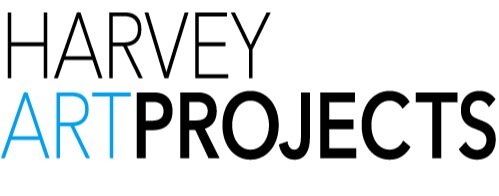JILAMARA ARTS & CRAFTS (TIWI ISLANDS)
Jilamara Arts & Crafts Association was established in 1989, at first as an adult education center focused on fabric printing and under the guidance of textile artist, James Bennett. As well as quickly gaining a reputation for fabric, the center soon became widely recognised for distinctive paintings and carved works. Key figures in this shift were the ‘two old ladies’ of Jilamara, Kitty Kantilla (C.1928-2003) and Freda Warlapinni (C.1928-2003) who were predominately producing works on paper and linen, and also artists, such as Paddy Freddy Puruntatameri (c.1925-2000), who were eager to see the tradition of carving continued through the art centre. These older, established figures of Tiwi Art created a rigorous framework at the center and many of the second-generation artists who continue to practice at Jilamara today established themselves during this period, under their informal guidance.
A number of early projects undertaken by Jilamara artists also helped to establish the center's reputation. These included the landmark Tiwi exhibition ‘Our Designs on Bark’, held at the National Gallery of Victoria (NGV), Melbourne, in 1991. Since then artists have participated in numerous high profile exhibitions within Australia and Internationally, including Germany, Holland and the UK. More recently, the inclusion of Jilamara’s artists in major exhibitions such as ‘Perspecta’ at AGNSW, ‘Primavera’ at the Museum of Contemporary Art, Sydney, The X-strata Coal Award at the Queensland Art Gallery and the National Aboriginal and Torres Strait Islander Art Award, has helped to ensure the critical reputation of Tiwi Art is maintained well into a second generation.
In 2007 the ‘First Old Lady’ of Jilamara, Kitty Kantilla, was honored with a major retrospective, curated by Judith Ryan and accompanied by an extensive monograph, held at the NGV and the Art Gallery of New South Wales, Sydney.
According to Tiwi belief, the Islands were created by an old blind woman, Mudungkala, who emerged from the ground and moved through the area with her three children, creating the familiar features of the land as she went. The land mass itself was created so her children would have a place to live and food to eat. After this time of Parlingarri (creation), Tiwi lived across the islands in family groups, affiliated with separate areas of country along patrilineal lines. The word Tiwi means simply ‘We the people’ and has been used to describe the group since contact.
Milikapiti community, first known as Snake Bay, was established in 1941 as a permanent aboriginal settlement by the Native Affairs Branch of the Northern Territory Administration. Early visitors to the area of note included the photographer Baldwin Spencer, who documented continuing aspects of traditional life, the Anthropologist Charles Mountford and Australian artist Russell Drysdale. During visits in 1954, Mountford collected a large number of Tiwi paintings on bark which are now held in the Museum of South Australia. These works, commissioned by Mountford, are probably the first instance of Tiwi artists making art for a western audience. The resulting collection contains important works by key ‘Old Tiwi’ artists such as Deaf Tommy Mungatopi and together can be seen as a precursor to the current artistic practice at Jilamara.
In 1958, Tony Tuckson, then assistant director of the Art Gallery of New South Wales, along with the collector/donor Dr. Stuart Scougall, offered a further commission to artists at Snake Bay; this time a major group of Pukamani funerary poles. These were (at the time, controversially) included in the AGNSW general collection and have been on permanent display in Sydney ever since. Through their distinct separation from an ethnographic context, this collection of traditional carvings helped to establish a wider understanding of indigenous Australian practice as a contemporary, continuing art form.






